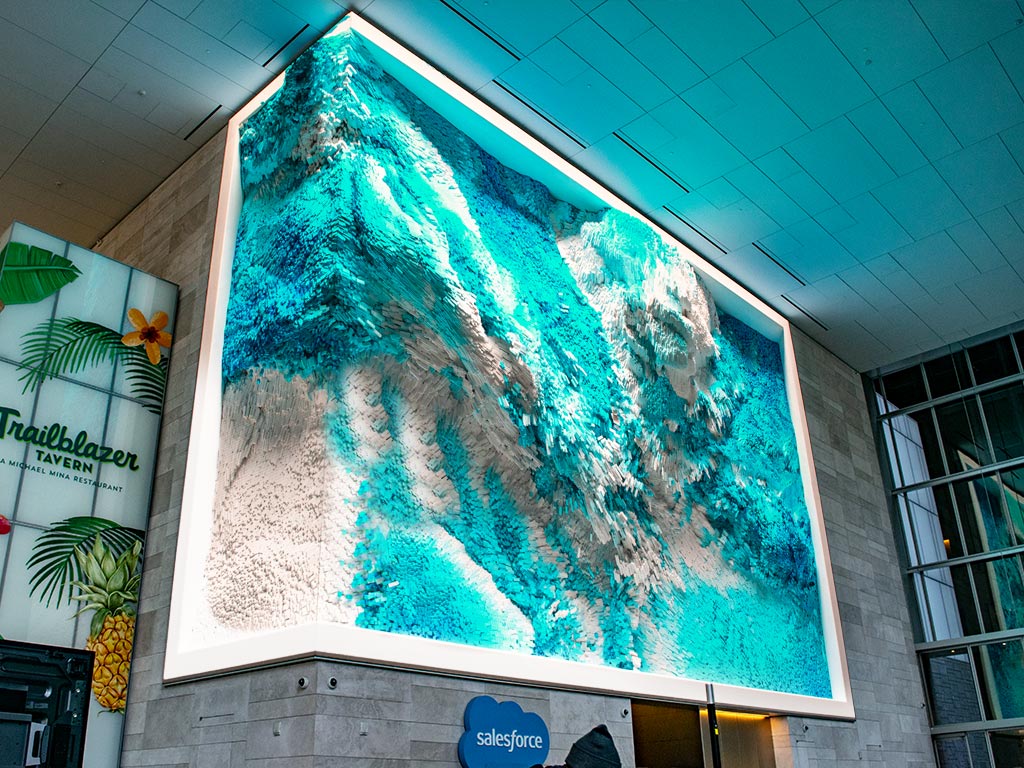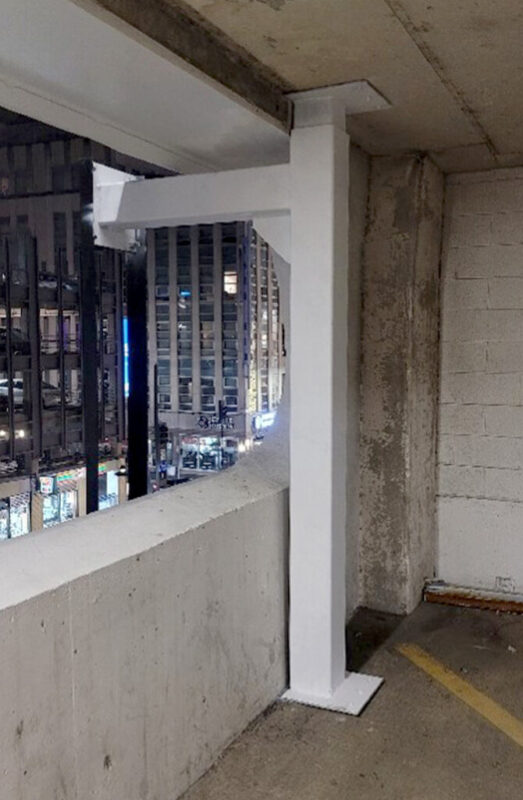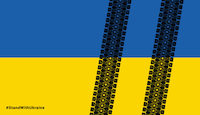
Add How Buildings Can Move To Your List of Planning Considerations For Big LED Displays
January 9, 2024 by guest author, Mikell Senger
GUEST POST: MIKELL SENGER, SNA DISPLAYS
 Both in terms of scale and beauty, the construction world continues to produce more and more amazing structures. As a mechanical engineer and senior project manager for SNA Displays, I’m very fortunate to be a part of projects with complex construction elements, and I’m constantly marveling at the work-product of designers, architects, construction managers, and the like. Admittedly I’m partial to engineers, though, whose indispensable work touches just about every aspect of the built environment.
Both in terms of scale and beauty, the construction world continues to produce more and more amazing structures. As a mechanical engineer and senior project manager for SNA Displays, I’m very fortunate to be a part of projects with complex construction elements, and I’m constantly marveling at the work-product of designers, architects, construction managers, and the like. Admittedly I’m partial to engineers, though, whose indispensable work touches just about every aspect of the built environment.
From wind forces to water drainage, seismic loads to sustainability, risk management to regulations, there’s certainly no shortage of construction considerations requiring engineering solutions.
The large-format LED business is no different.
One seemingly simple goal for any LED display installation team: a smooth, seamless digital canvas. Pesky seams and gaps are one of the most scrutinized aspects of an LED display, big or small. There are many obvious design factors important to the project of reducing seams — panel and cabinet design, locking mechanisms, etc. — but there are also many post-installation engineering considerations related to building movement that can disrupt a display surface over time.
Let’s consider three important forces implicating building movement and thus the integrity of the digital canvas: thermal expansion, differential deflection, and vibration. While this is no deep dive into the intricacies of these dynamics, hopefully it can provide some baseline knowledge and get your team thinking about solutions.
THERMAL EXPANSION
In physics, engineering, and construction circles, thermal expansion is a well-understood phenomenon. It is defined as the tendency of matter to change its shape, area, volume, and density in response to a change in temperature. Of course, most areas of the world experience large temperature differentials throughout the year. Over the course of a summer season, materials tend to heat up and expand. In winter, these materials cool, causing them to contract. This post-installation factor of continual expansion and contraction is very relevant to the installation of LED displays, particularly on building facades.
Buildings and other large structures often feature expansion gaps, which provide sufficient room to allow for natural expansion and contraction such that there is no resulting damage. Similarly, large structures added to building facades incur the same risks. Large-format LED displays mounted to buildings, for example, can be heavily damaged if these risks are not accounted for, potentially coming at very high costs and even safety issues. However, remedies include slotted components within the display structure itself, flexible fabrics, and maintaining a gap within the tolerance of the display’s pixel spacing.

DIFFERENTIAL DEFLECTION
Differential deflection in a building system refers to the displacement of one component relative to an adjacent component, given the various loads that can occur on a structure at any given time. Pedestrians on a bridge, cars parked in a garage, and containers loaded on a shipping vessel all exert varying forces on a structure, which must adapt to those forces.

In the case of large-format LED display systems, we see this frequently in multilevel parking garages, most notably in the y-axis (vertical) direction. To overcome this, we often engineer y-axis slots in the primary steel supports. Introducing telescopic steel posts is one such solution.
VIBRATIONS
Vibrations occur in large structures both naturally and artificially. Examples include high-wind loads, motor vibrations from generators, and seismic events.
Most modern buildings have means to dissipate vibrations, which can create serious wear and tear over time. There is an array of approaches to dissipate the destructive energy that can transfer throughout structures. For example, structural engineers use flexible building materials and, in some unique cases, counterbalance pendulums.
Vibrations imparted on LED screens are typically minimal, but even micro-vibrations are accounted for using flexible materials like rubber gaskets and Sealtite® cabling, which absorb vibrational energy and help keep the display’s pixels aligned.
It’s important to remember that LED display installations, whether in the context of existing environments or new construction, require a great deal of planning and often extensive consultation with licensed engineers. Even then, unforeseen events can occur during a job requiring engineering expertise to properly resolve.
Fortunately, I’m able to work with a PM team chock full of engineers and architects with a passion for solving construction and installation problems, professionals who not only oversee the logistics and coordination aspects of complex projects, but also technical aspects, proposing and enacting critical solutions as needed.
ABOUT THE WRITER
Mikell Senger is a senior project manager at SNA Displays. Mikell has managed a number of complex, construction-heavy installations including the Indianapolis Colts’ Lucas Oil Stadium digital signage refresh and the Kennedy Space Center Entry Experience. Mikell has an MS in Mechanical Engineering from the University of Massachusetts Amherst.




Fascinating. Something we take for granted.